Maha Kumbh 2025: A Chance Encounter with an Aghori Baba
The Aghor Foundation, located in Varanasi, operates many social service projects, including Project Shakti, which offers vocational training for the underprivileged women.
Total Views |
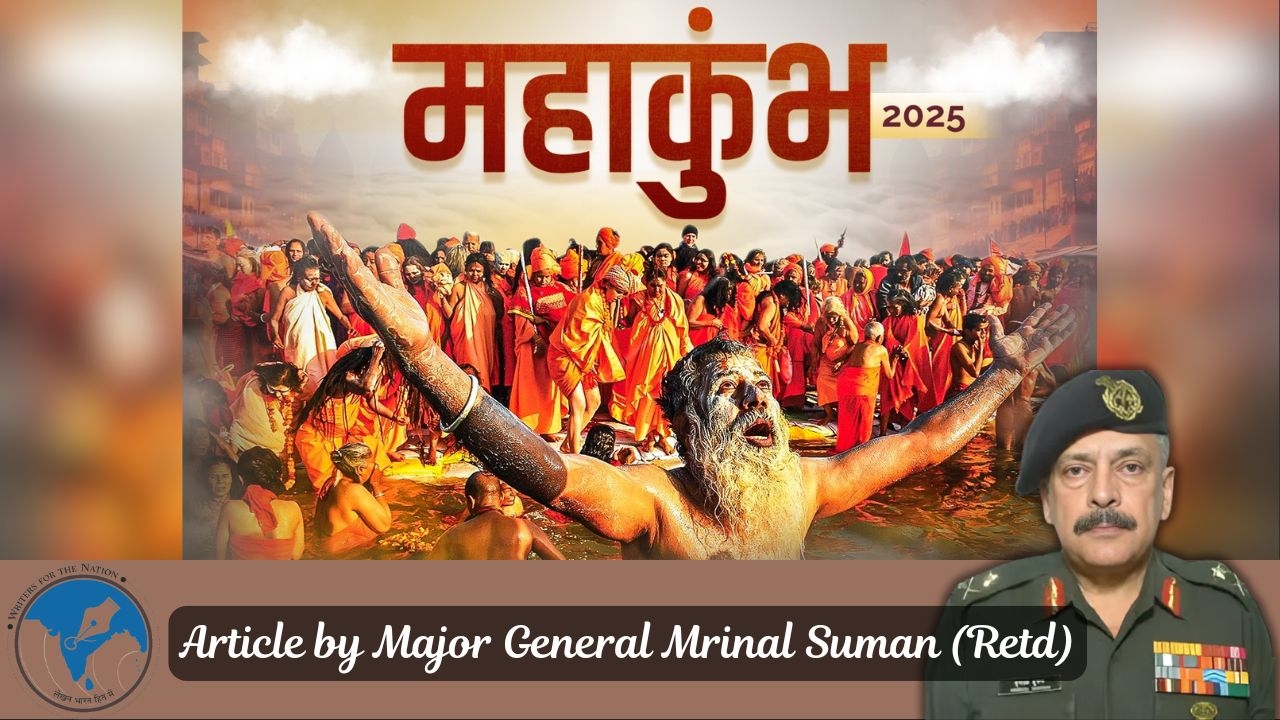
I had a chance encounter with an Aghori Baba at the recently concluded Maha Kumbh.
The word "Aghori" is a Sanskrit word that means fearless. Aghoris are Hindu ascetics and devotees of Shiva, the god of destruction and transformation.
They are the only surviving sect derived from the Kāpālika tradition, a Tantric, non-Puranic form of Shaivism that originated in Mediaeval India between the 4th and 8th centuries CE.
Aghoris believe that the Self (ātman) is identical to Brahman, the eternal and formless metaphysical Absolute.
They believe that humans are born with flaws, or they get them from the materialistic world.
They seek liberation (mokṣa) from the cycle of birth, death, and rebirth (saṃsāra).
Aghoris have never been a part of the mainstream society and have always lived a secluded life on their own.
They choose cremation grounds as their dwelling place, as they believe it to be the gateway to spiritual liberation.
By meditating amidst burning pyres, they overcome the fear of death and transcend material attachments. They smear their bodies with cremation ashes.
The Aghor tradition, which originated as confined and reclusive, has transformed of late.
The Aghor Foundation, located in Varanasi, operates many social service projects, including Project Shakti, which offers vocational training for the underprivileged women.
A hospital has been established for the leprosy patients. Multiple ashrams/centres have been opened for the destitute and the poor.
Due to the arduous rituals and unconventional beliefs, there are fewer than 50 Aghori babas remaining in the world.
It is commonly said that Aghoris acquire some magical/mystical powers through their rigorous sadhana.
Perceptions vary—Aghoris are both abhorred and revered by society for their mysterious, dark, and unique ways of life.
I visited the Maha Kumbh with my wife Veena and daughter Aditi from 23 to 25 February.
“We stayed at the IRCTC Tent City at the Arail Ghat. As it had its own exclusive ghat, we performed the holy snan on the first evening itself.”
The next morning, we had our breakfast and started walking on the riverbank towards the Sangam-nose zone.
The area was teeming with throngs of pilgrims. We savoured the mela atmosphere and kept marvelling at the religious fervour of the devotees.
Lakhs of people were striving to reach the waterline. Their faces were glowing with faith. One did not hear a single murmur of protest. It was an amazing sight.
Being a prolific writer, Aditi was keen to take photographs of all aspects of the Maha Kumbh.
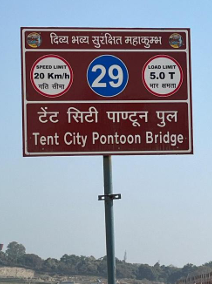
We approached a pontoon bridge (locally called Pipa Bridge) for photos. The nearby area was less crowded as the bathing ghats were at a distance.
Suddenly, I heard someone calling me. I turned around and saw a sadhu. He beckoned me and said, “Babu, I am an Aghori Baba; give me something to eat.”
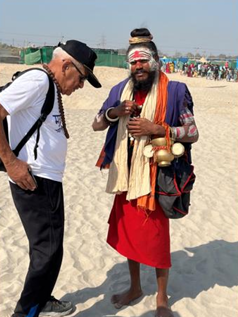
I had no eatables with me. I gave him a 100-rupee note. He blessed me and said, “Your cap shows that you are from the forces. What was your job?” On learning that I am a retired army man, he wanted to know the rank I had held.
Therafter, he called me General Babu and asked me to stretch out the lower flap of my T-shirt.
He took out a small marigold bud from his bag and placed it in the depression of my stretched out T-shirt.
He told me to cover the bud by folding the T-shirt, raise it to my forehead, and kiss it.
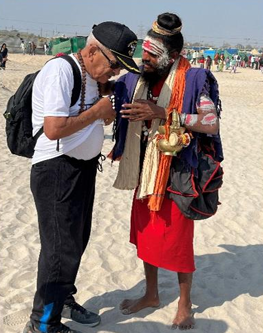
I followed his instructions. While Aditi was busy taking photographs of the encounter, Veena kept observing the proceedings intently. On putting my hands down, he asked me to unfold the T-shirt.
The marigold bud had disappeared, and I had a shining golden locket in its place. Needless to say, all of us were astounded.
I looked at my wife and daughter in disbelief. When I turned around to query the Baba, he was no more there. I could see him merging with the crowd.

On our return to Pune, we kept the locket in a tray in the prayer room. It continues to remind us of our ethereal experience.
Our pilgrimage to the Maha Kumbh was a spiritual journey of enormous significance.
We cherish the memories of the holy dips and marvel at the efforts put in by the government to organise such a stupendous festival.
However, our chance encounter with the Aghori Baba remains an unexplained phenomenon.
Article by
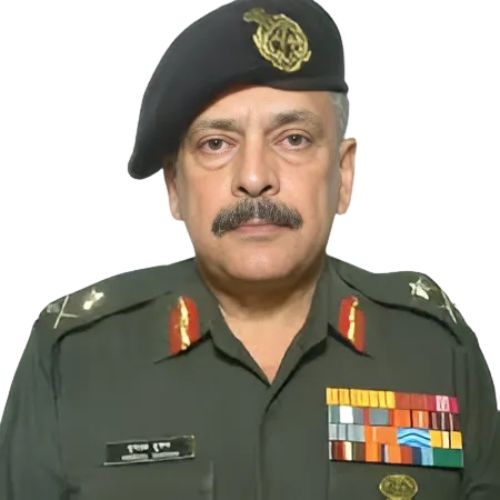
Major General Mrinal Suman (Retd)
AVSM, VSM, PhD, commanded an Engineer Regiment in the Siachen-Kargil sector. He was also the Task Force Commander at Pokhran and was responsible for designing and sinking shafts for the nuclear tests of May 1998. He is a highly qualified officer – B Tech, MA (Pub Adm), MSc (Def Studies) and Doctorate in Public Administration. He is a prolific writer having published nine books and over 550 articles.

